Versions of recent years of macOS or OS X come with the application QuickTime Player included in the security system. An excellent application when it comes to rolling video media files and screen recording (screen video recording) or audio.
We don't know why, though Apple does not allow the QuickTime Player application to do screen recording with audio. Users have a choice of what they want to record. Sound or image. Most likely it is a protective measure for copying movies or other copyrighted materials. Only audio recording via QuickTime Player is available "Built-in Microphone” (Mac microphone) or “None”.
Fortunately, there is a very functional way to get rid of these limitations of QuickTime Player and set the app to make screen recording with audio. It takes a lot of attention to the next steps.
How to do screen recording with audio on macOS using the QuickTime Player application (tested on MacOS Mojave 10.14.5 Beta)
QuickTime Player offers us three recording solutions:
- Movie Recording – capture video and sound from the MacBook camera and built-in microphone,
- Audio Recording - sound recording using the internal microphone
- Screen Recording - full screen video recording, but no sound
These three options are available in the "File" menu of the QuickTime Player application.
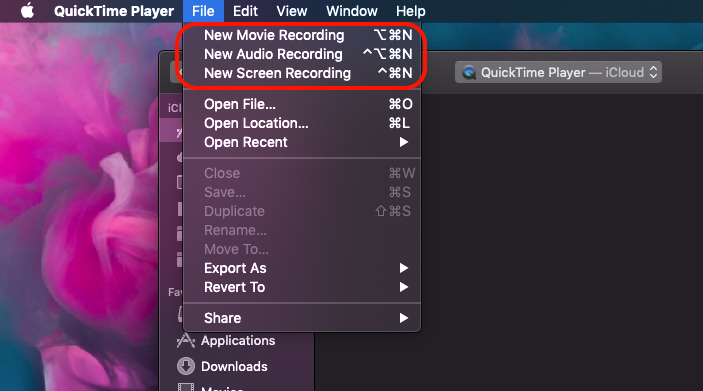
In our tutorial we will focus on the third option and see how we can make a screen recording with audio on the QuickTime application.
By default, at "Screen Recording" we can record the screen video, but with sound from the internal microphone (Internal Microphone) or not at all (None).

If we need to do it video tutorials for example, what to do include the sound on the system, then we need to install the extension Soundflower. This application extension will allow us to do screen recording with audio in QuickTime Player. Version signed for macOS Mojave can be found at this address: https://github.com/mattingalls/Soundflower/releases/tag/2.0b2 .
With the launch of new versions of macOS, Apple has greatly strengthened security, and consequently it is a little more difficult to install applications that interact with the hardware and the operating system on the Mac.
How to install Soundflower on macOS Mojave or newer versions
1. Download the latest version of the Soundflower application and close it before installing Port on macOS, where you run the command line:
sudo spctl --master-disable
This command line allows you to install on macOS applications from all sources. More details can be found in this tutorial.
2. go to System Preferences → Security & Privacy → select “Anywhere”To allow the installation of applications from all sources.
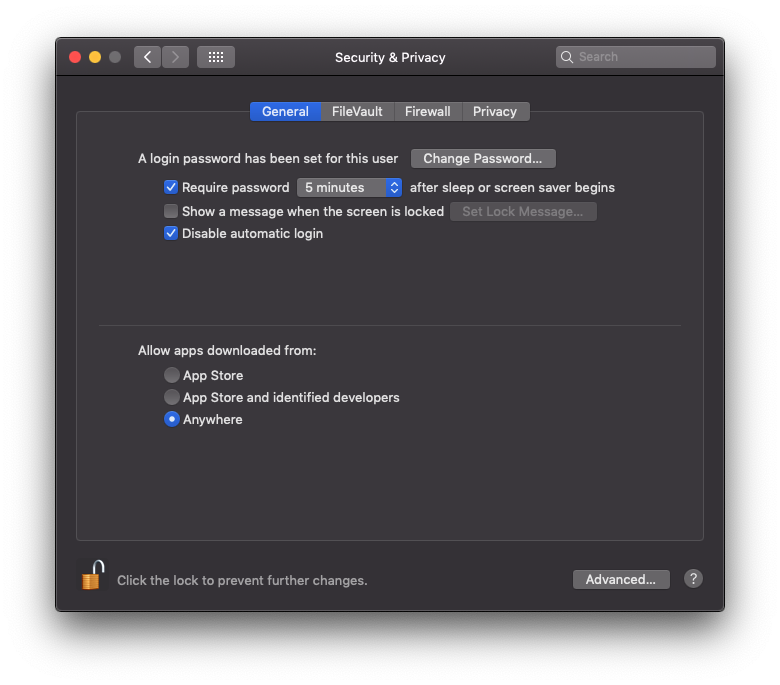 If the "Anywhere" option is not selectable, click on the padlock at the bottom left and enter the system password.
If the "Anywhere" option is not selectable, click on the padlock at the bottom left and enter the system password.
3. Run the installation package for Soundflower. During installation, you will be asked to enter your system password.
4. Wait until installation is completed and you receive the message that Soundflower has been successfully installed.
5. Restart the system. Reboot / Restart.
It is advisable that after Soundflower has successfully installed and restarted the system, open the Terminal and execute the line:
sudo spctl --master-enable
Soundflower setup for screen recording with sound in QuickTime Player
We're opening the user Audio MIDI Setup (you can find it in the applications installed by default on the system → Other) and set Soundflower (2ch) for “Sound Output”. We also check that "Mute" is not checked next to the output channels in the "Output" tab, and the sound control is set to "Soundflower (2ch)".
Take a close look at the screen below:
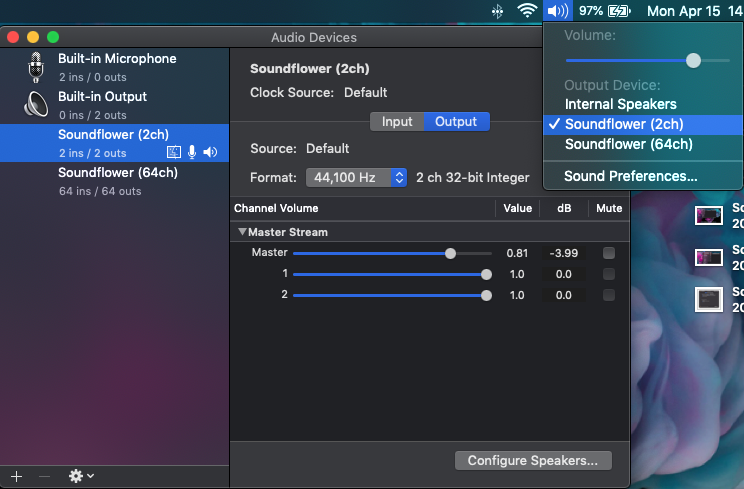
If your settings are the same as in the image above, everything should go smoothly. However, there are situations in which the following error occurs: “QuickTime Player is not authorized to access the microphone"And a yellow exclamation mark that says,"Can not use Soundflower (2ch) This application is not authorized to use Soundflower (2ch)".

To solve this problem, close QuickTime Player then go to System Preferences → Security & Privacy and select "MicrophoneFrom the bar on the left. Check QuickTime Player.
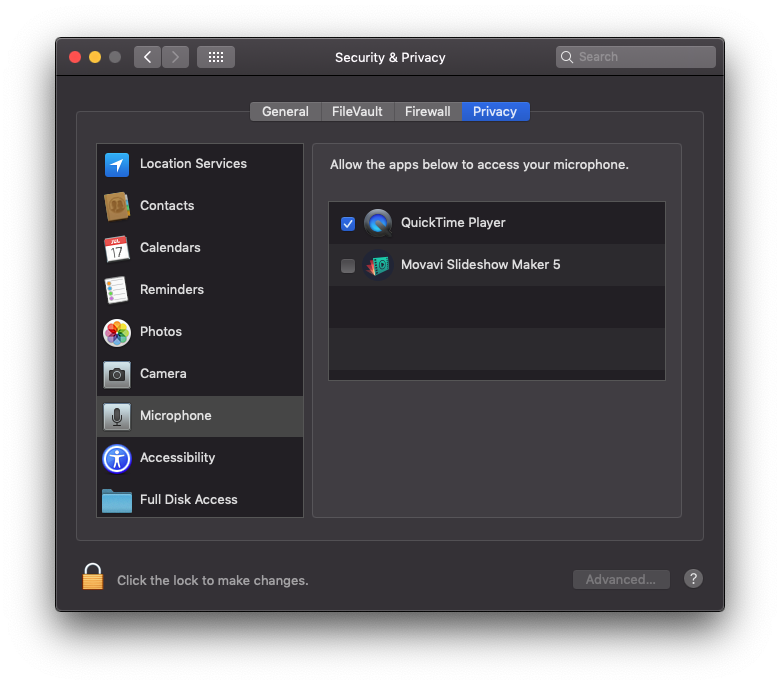
open QuickTime Player → Fillet → New Screen Recording. Click the small arrow next to the recording button and select as source for the microphone: Soundflower (2ch).
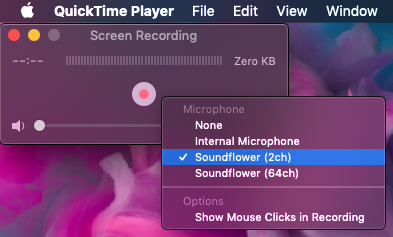
Start Screen Recording. At this time, QuickTime Player will record video and sound on the system. Alerts, music, system sounds, etc.
Don't forget to set the Soundflower (2ch) to the "Volume" control icon on the bar at "Output Device".
It is a very simple and safe solution through which you can make screen recording with sound (screen recording with audio) using the QuickTime Player application.

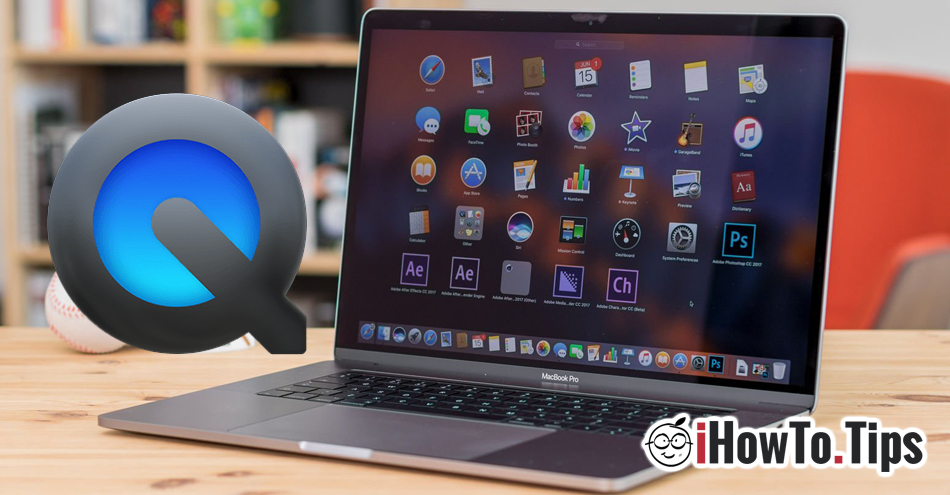
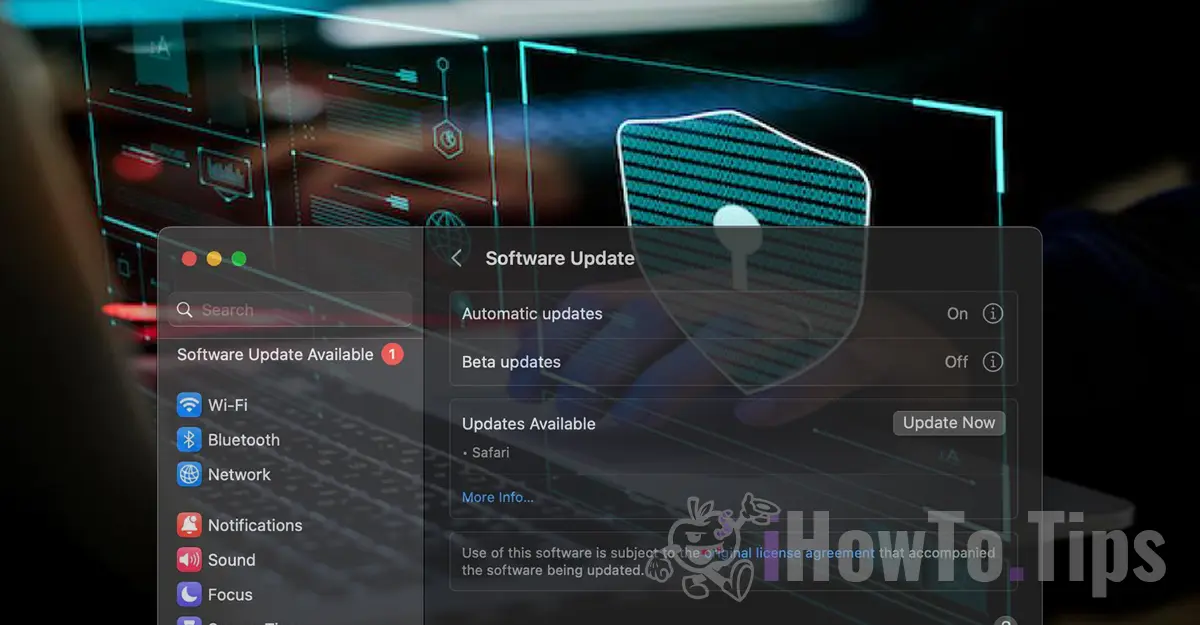
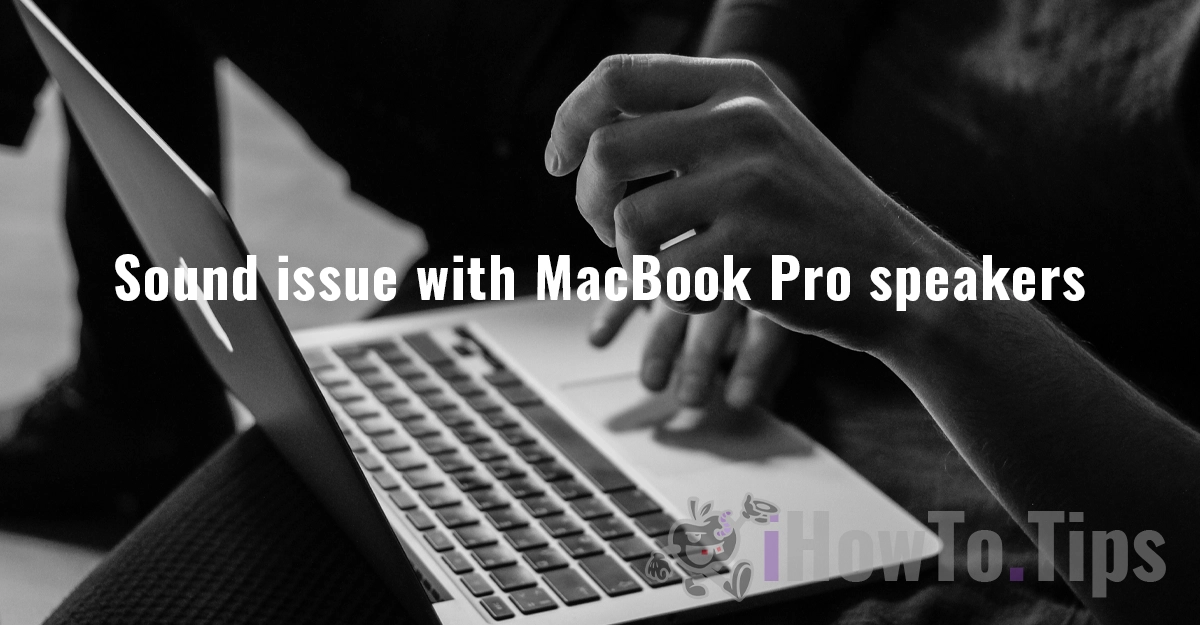
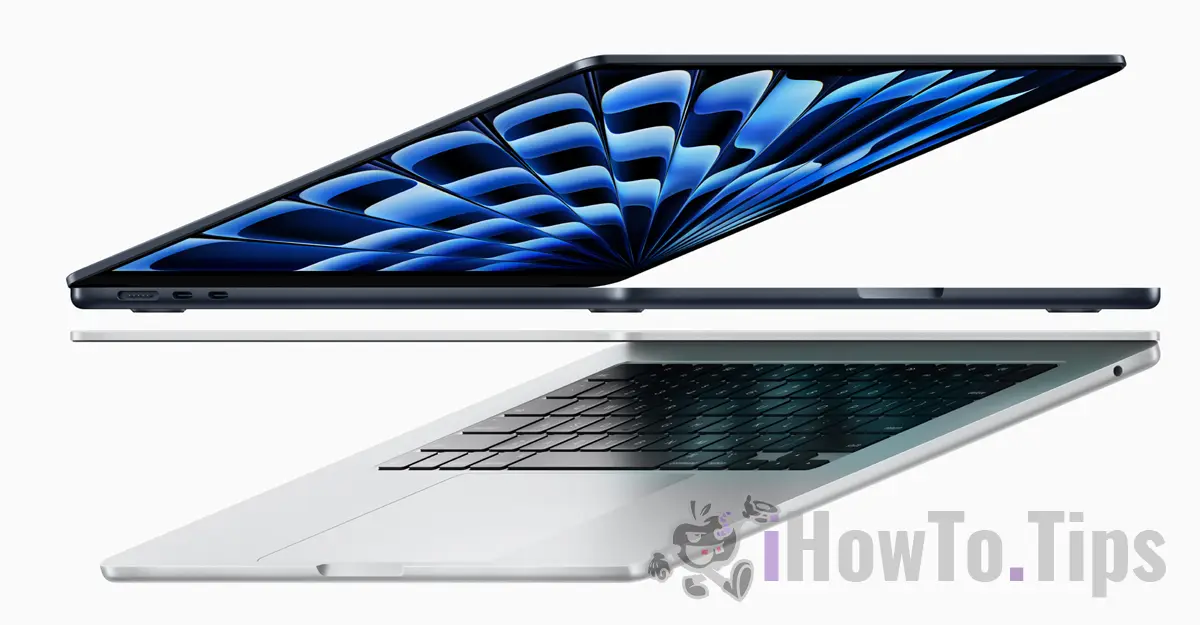

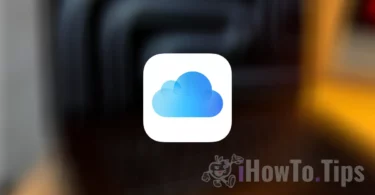

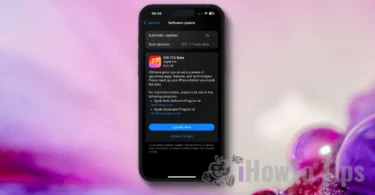
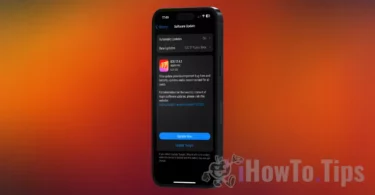
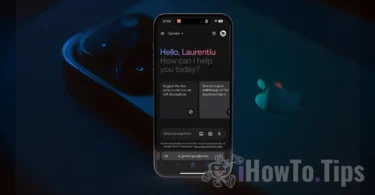

Merhaba, önceden çekilmiş bir screen kaydı videosunun sonradan herhangi bir ayar vs ile sesinin gelmesi gibi bir durum mümkün müdür acab?
сделала все, как написано, но звук все равно не пишется :(
no dobra, ale co práci, ebę słyszeć też co się nagrywa?
Mam MacBook Pro, nie mogog zainstałować Soundflower, niby przechodzi cała instalacje (pozwalam na instalowanie tego w prefenijach), ale na koniec, przy powimzaniu, jest komunikat "Instalacja nie powiodła się instalator napotkał nieznany błod kwóry przybłoż instalację." Wiecie może dlaczego?